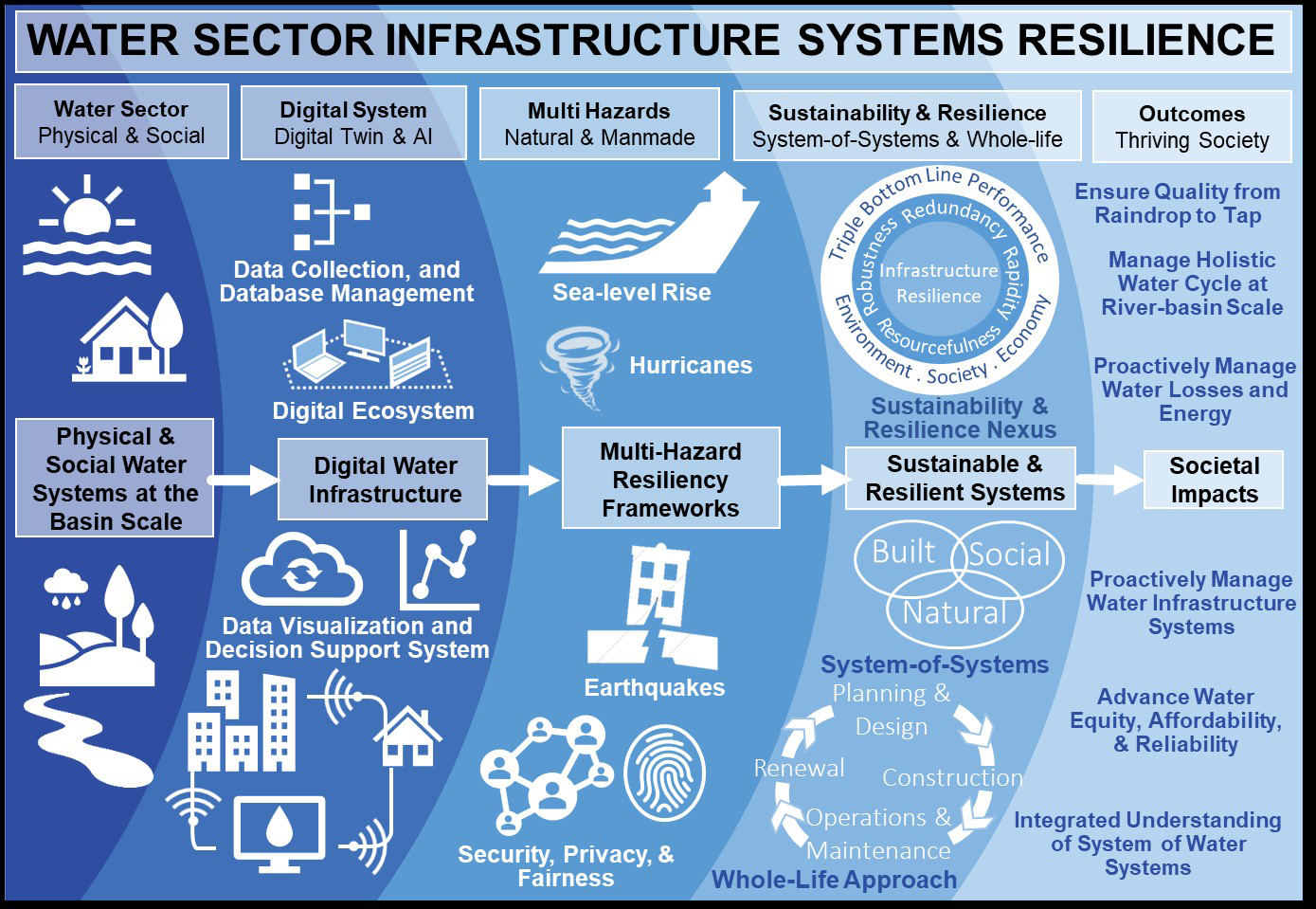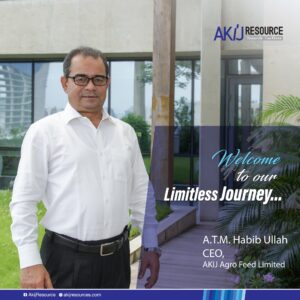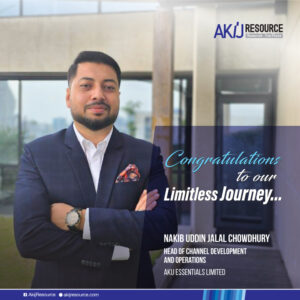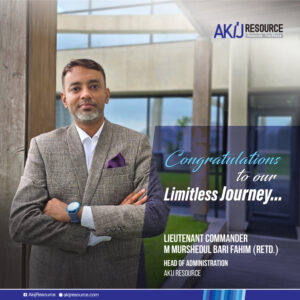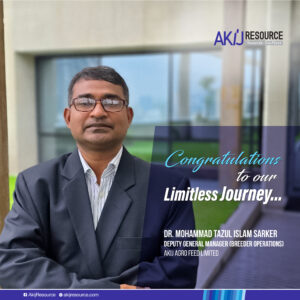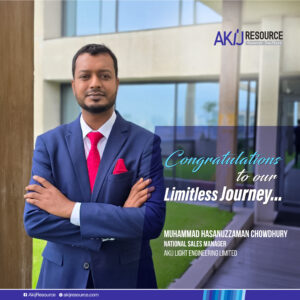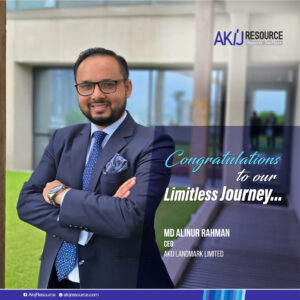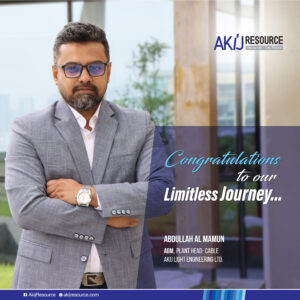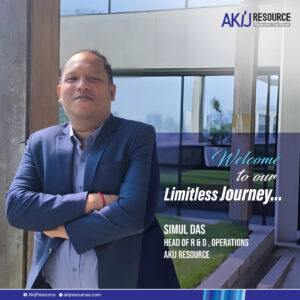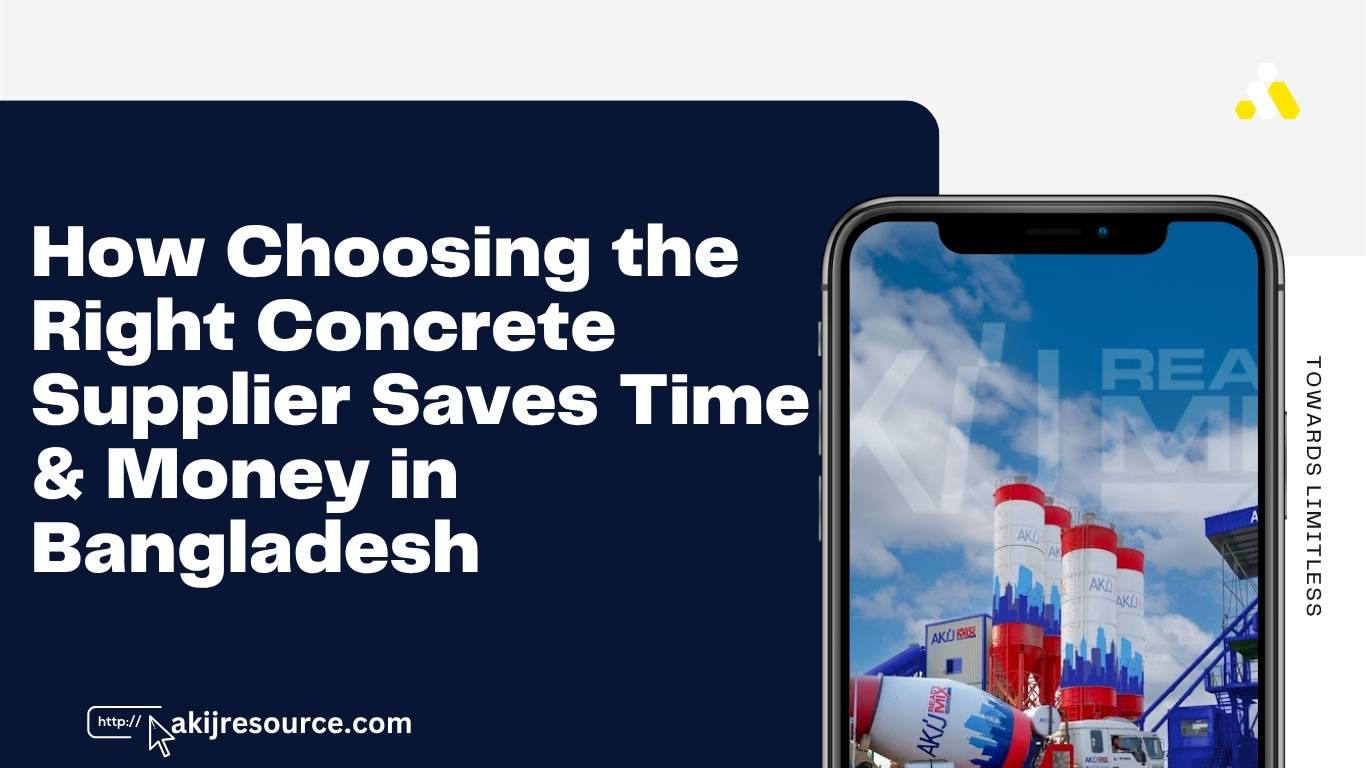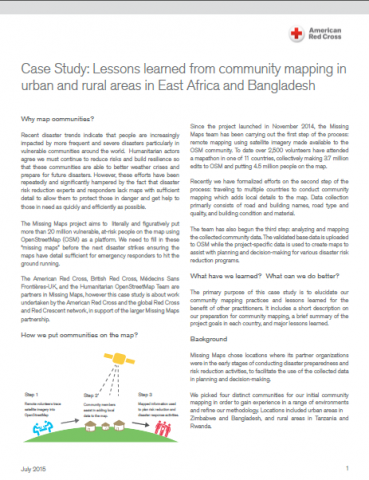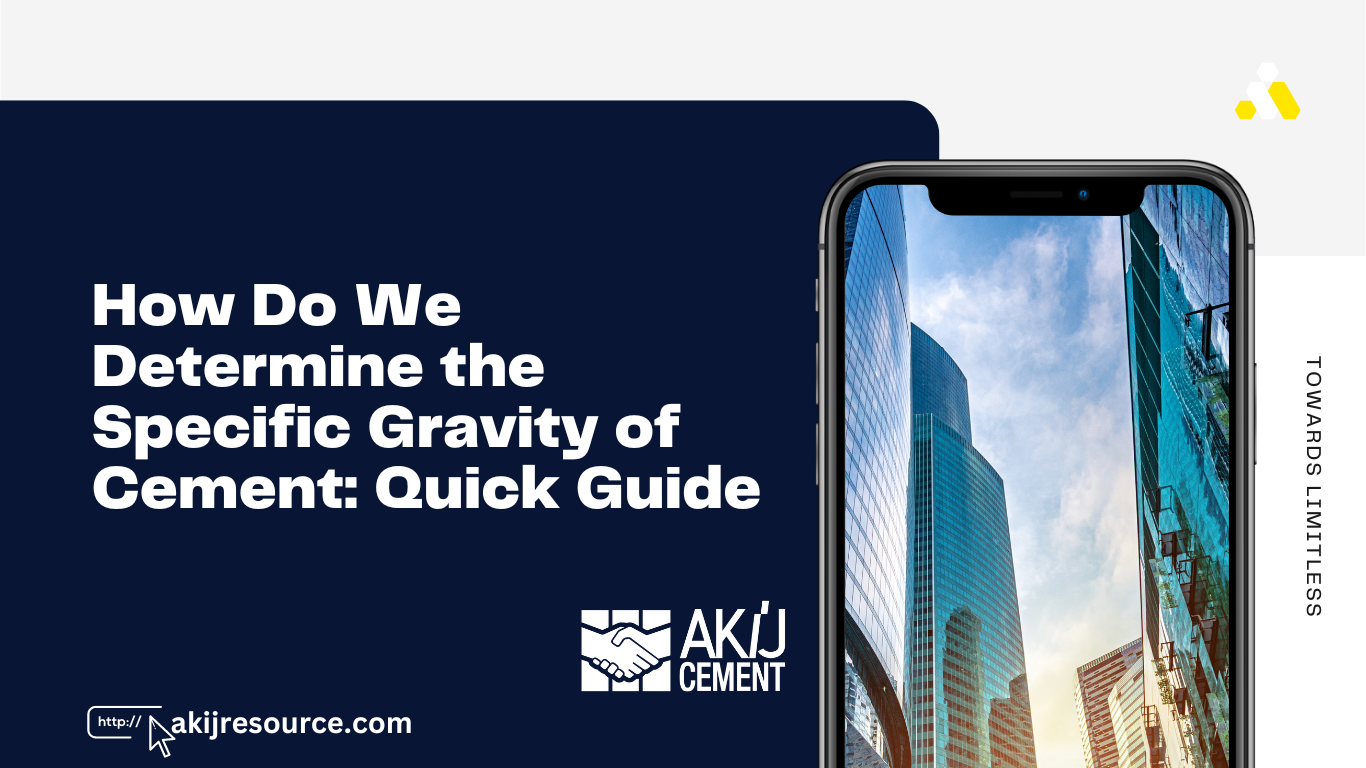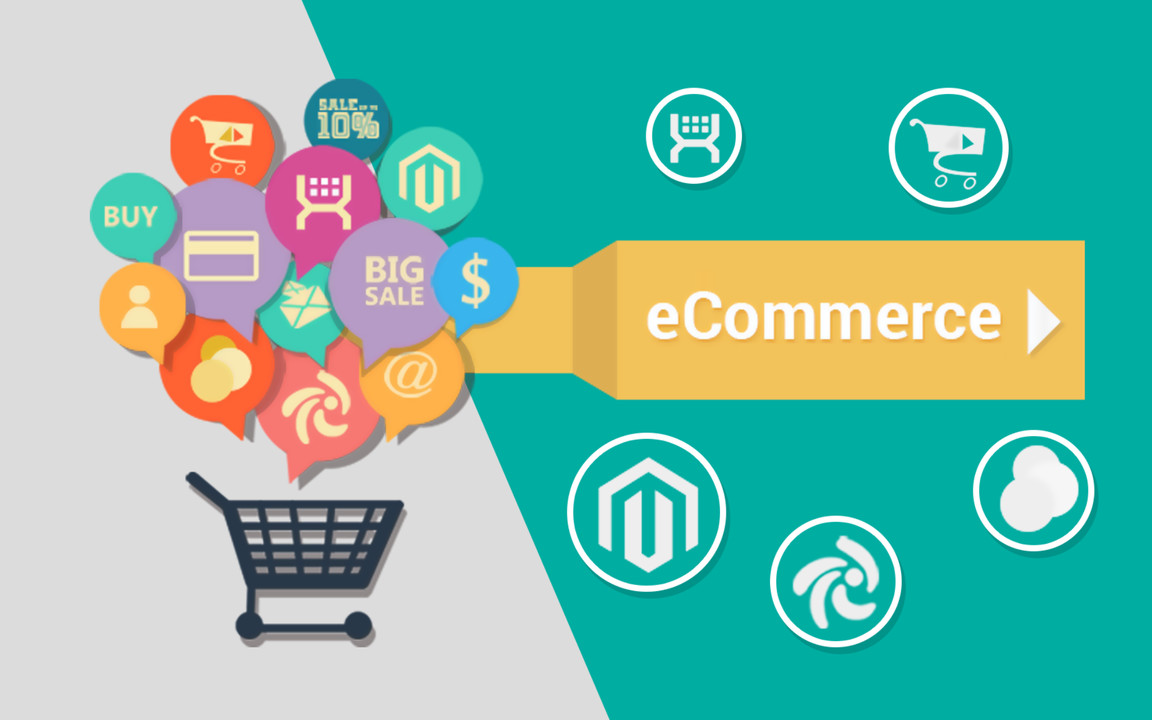Bangladesh is a growing country. Its infrastructure is rapidly developing. However, this growth must be sustainable. Sustainable cement technologies can help achieve this goal. Let’s explore how.
What is Sustainable Cement?
Sustainable cement is eco-friendly. It reduces carbon emissions. Traditional cement production emits a lot of CO2. Sustainable cement aims to solve this problem. It uses green materials and innovative methods.
Types Of Sustainable Cement
- Portland Limestone Cement (PLC): Uses less clinker, reducing CO2.
- Geopolymer Cement: Made from industrial waste, like fly ash.
- Recycled Aggregate Cement: Uses recycled concrete as aggregates.

Credit: www.power-technology.com
Benefits of Sustainable Cement
Using sustainable cement has many advantages. These benefits are crucial for Bangladesh’s future.
Environmental Benefits
- Reduces Carbon Footprint: Less CO2 emissions.
- Conserves Natural Resources: Uses recycled materials.
- Less Waste: Utilizes industrial by-products.
Economic Benefits
- Cost-Effective: Saves money in the long run.
- Boosts Local Economy: Creates green jobs.
- Energy Efficient: Less energy needed for production.
Social Benefits
- Healthier Communities: Less pollution means cleaner air.
- Better Living Conditions: Sustainable buildings last longer.
- Increased Awareness: Promotes eco-friendly practices.
Challenges in Adopting Sustainable Cement
Adopting sustainable cement is not easy. There are several challenges that Bangladesh needs to overcome.
High Initial Costs
Initially, sustainable cement can be expensive. However, it saves money over time.
Lack Of Awareness
Many people are not aware of sustainable cement. Education and awareness campaigns are necessary.
Technical Challenges
- Limited Research: More research is needed.
- Technical Know-How: Skilled workers are required.
- Quality Control: Ensuring consistent quality is a challenge.
Steps to Promote Sustainable Cement in Bangladesh
To promote sustainable cement, several steps can be taken. These steps will ensure a brighter, greener future for Bangladesh.
Government Policies
The government can play a big role. Policies that promote sustainable cement should be implemented.
Incentives For Manufacturers
Manufacturers should be given incentives. This will encourage them to produce sustainable cement.
Public Awareness Campaigns
People need to be educated. Public awareness campaigns can help achieve this.
Research And Development
Investment in research and development is crucial. This will lead to better technologies.
Case Studies of Sustainable Cement Use
Several countries have successfully adopted sustainable cement. Bangladesh can learn from these examples.
China
China uses a lot of sustainable cement. This has greatly reduced their carbon footprint.
India
India has also adopted sustainable cement. This has led to more eco-friendly buildings.
United States
The United States uses sustainable cement in many projects. This has saved them money and reduced pollution.
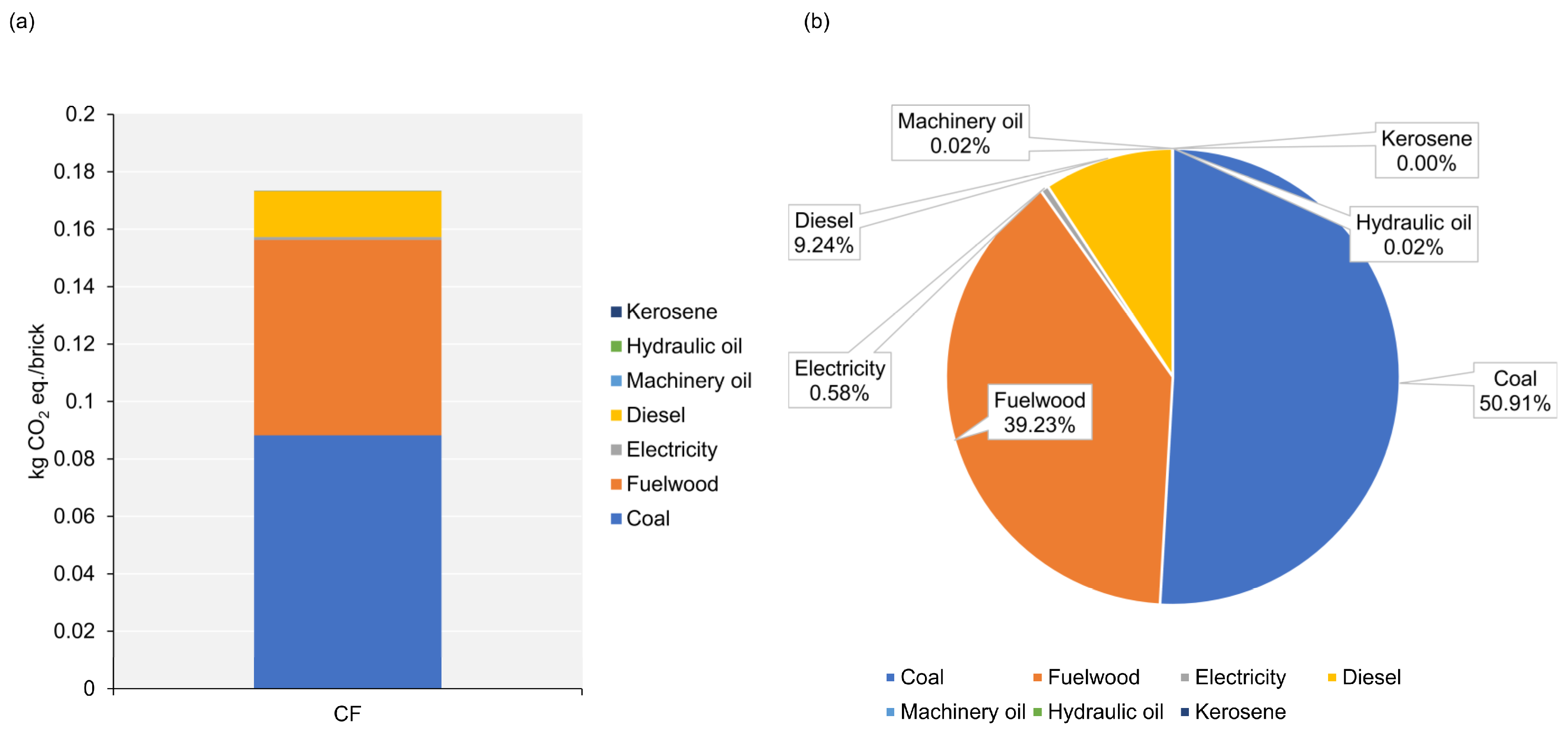
Credit: www.mdpi.com
The Future of Sustainable Cement in Bangladesh
The future of sustainable cement in Bangladesh is bright. With the right steps, Bangladesh can lead in green construction.
Increased Adoption
More people will start using sustainable cement. This will lead to greener buildings.
Technological Advancements
New technologies will make sustainable cement even better. This will further reduce costs and increase efficiency.
Global Leadership
Bangladesh can become a global leader in sustainable construction. This will boost the country’s economy and global standing.
Frequently Asked Questions
What Is Sustainable Cement Technology?
Sustainable cement technology reduces carbon emissions and enhances energy efficiency in cement production.
How Does It Benefit Bangladesh’s Infrastructure?
It promotes eco-friendly construction, lowers costs, and improves the longevity of infrastructure in Bangladesh.
Why Is Sustainable Cement Important?
It minimizes environmental impact and supports the growth of green building practices.
What Are The Components Of Sustainable Cement?
It includes materials like fly ash, slag, and recycled concrete.
Conclusion
Sustainable cement is the future of Bangladesh’s infrastructure. It offers many benefits, including environmental, economic, and social. However, there are challenges to overcome. With the right steps, Bangladesh can lead in sustainable construction. The future is green, and sustainable cement is the way forward.

